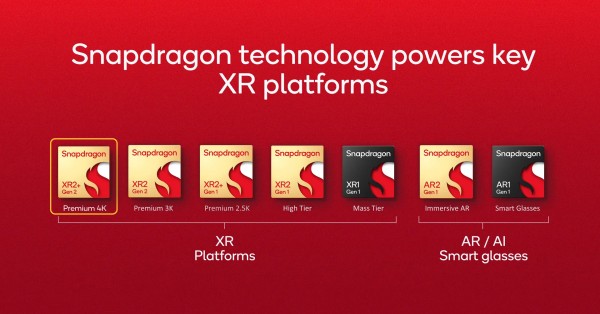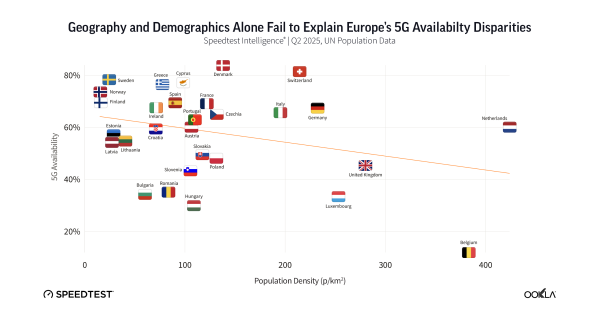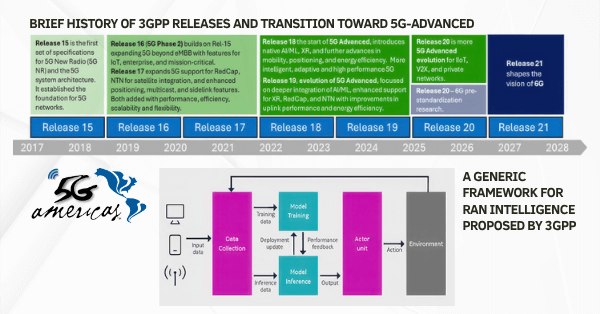AT&T has surpassed expectations for its fourth-quarter 2024 performance, reporting significant subscriber growth driven by its strategy to bundle 5G mobile services with high-speed fiber internet. This approach has enabled the telecom giant to stand out in a competitive market while boosting customer acquisitions and financial performance.
AT&T Adds 482K Wireless and 307K Fiber Customers in Q4
AT&T added 482,000 new postpaid wireless subscribers in the holiday quarter, exceeding analysts’ expectations of 424,550 additions, according to data from Visible Alpha. This marked another successful quarter in attracting monthly bill-paying customers, bolstered by its discounted premium plans that combine 5G and fiber services.
The company also reported a significant milestone in its fiber business, gaining 307,000 new fiber customers, a record-breaking number for a fourth quarter. This performance surpasses the 226,000 fiber subscriber additions in the previous quarter, reflecting the growing appeal of AT&T’s bundled services among households.
How Holiday Deals Boosted AT&T’s Q4 Subscriber Growth
The last quarter of the year typically brings higher subscriber activity for telecom providers, and AT&T capitalized on this seasonal boost. Promotions tied to Black Friday, iPhone trade-in offers, and holiday gift-giving helped drive new customer sign-ups.
Why Fiber Is Central to AT&T’s Future Growth
Industry experts see AT&T’s focus on fiber expansion as a key component of its long-term growth strategy. According to Jonathan Chaplin, an analyst at New Street Research, fiber broadband is a more profitable business than mobile services and is expected to trade at higher valuations over time.
This sentiment aligns with AT&T’s aggressive plans to expand its fiber network. The company has committed to reaching 50 million locations by 2029 and forecasts that its free cash flow will exceed $18 billion by 2027. AT&T CEO John Stankey emphasized this focus, stating, “We continue to build the largest, highest capacity, lowest marginal cost, converged broadband network in the country.”
AT&T Beats Revenue and Profit Expectations in Q4
AT&T’s robust subscriber growth translated into strong financial performance for the quarter. The company reported a profit of 54 cents per share, surpassing analysts’ estimates of 50 cents per share. Total revenue rose 1% to $32.3 billion, also beating market forecasts of $32.04 billion.
AT&T’s Strategy to Stand Out in a Crowded Telecom Market
The U.S. telecom market is becoming increasingly saturated, with a shrinking pool of potential new wireless customers. Competitors such as Verizon also saw notable gains, adding 568,000 monthly subscribers during the same period. In this environment, AT&T’s strategic bundling of 5G and fiber services has helped differentiate its offerings, making it more attractive to consumers.
To further solidify its market position, AT&T has introduced bill credits for network outages as of January 9, 2025. This customer-friendly initiative is designed to improve customer satisfaction and loyalty as competition intensifies.
How 5G and Fiber Are Shaping AT&T’s Market Strategy
AT&T’s performance reflects broader trends in the telecommunications industry, where 5G and fiber connectivity are reshaping the landscape. With consumers demanding faster, more reliable internet for streaming, gaming, and remote work, companies like AT&T are investing heavily in their networks to meet these expectations.
AT&T’s ability to integrate 5G, fiber, and value-added customer service initiatives positions it as a key player in this evolving market. The company’s plans to expand its fiber footprint and introduce innovative offerings reflect a broader shift toward comprehensive connectivity solutions, meeting the needs of a digital-first economy.
AT&T’s Path to Growth with 5G and Fiber Expansion
Looking forward, AT&T’s focus on bundling 5G and fiber services, coupled with its fiber expansion plans, will likely remain central to its growth strategy. The company’s commitment to achieving over 50 million fiber locations by 2029 underscores its long-term vision.
While the competition remains fierce, AT&T’s ability to exceed expectations in subscriber growth and revenue demonstrates the effectiveness of its strategic approach. By addressing customer demands for better connectivity and offering added value through promotions and service guarantees, AT&T is well-positioned to maintain its momentum in a competitive telecom landscape.
































